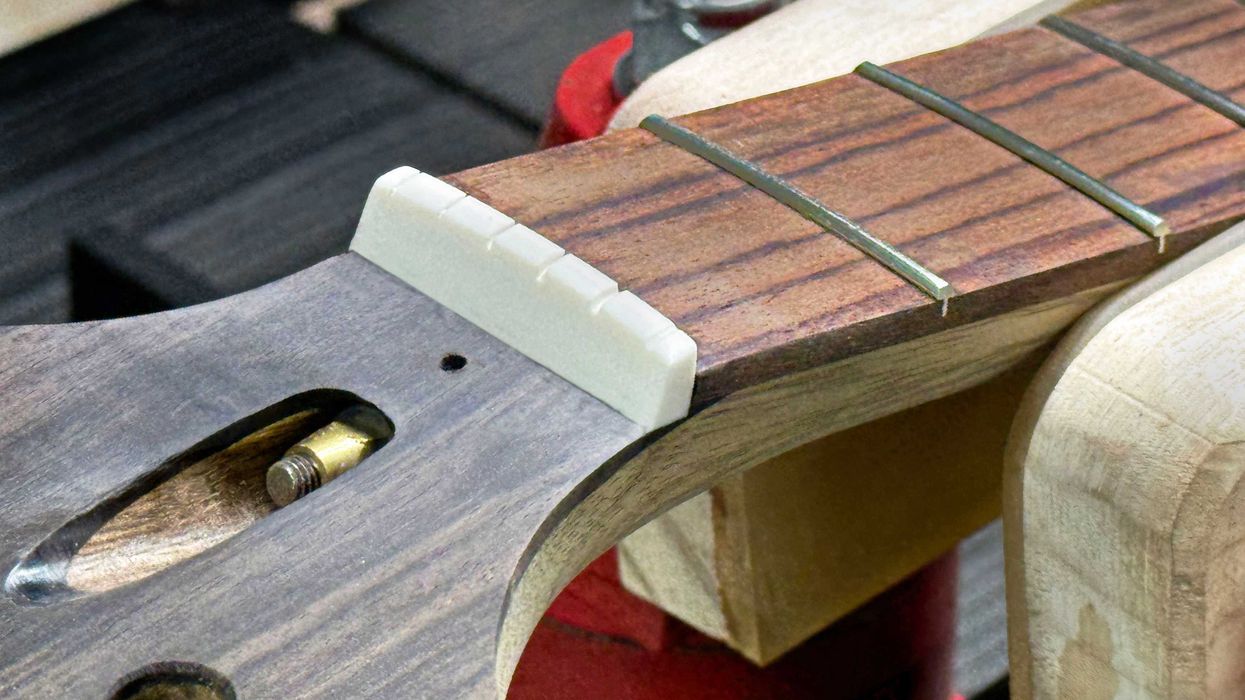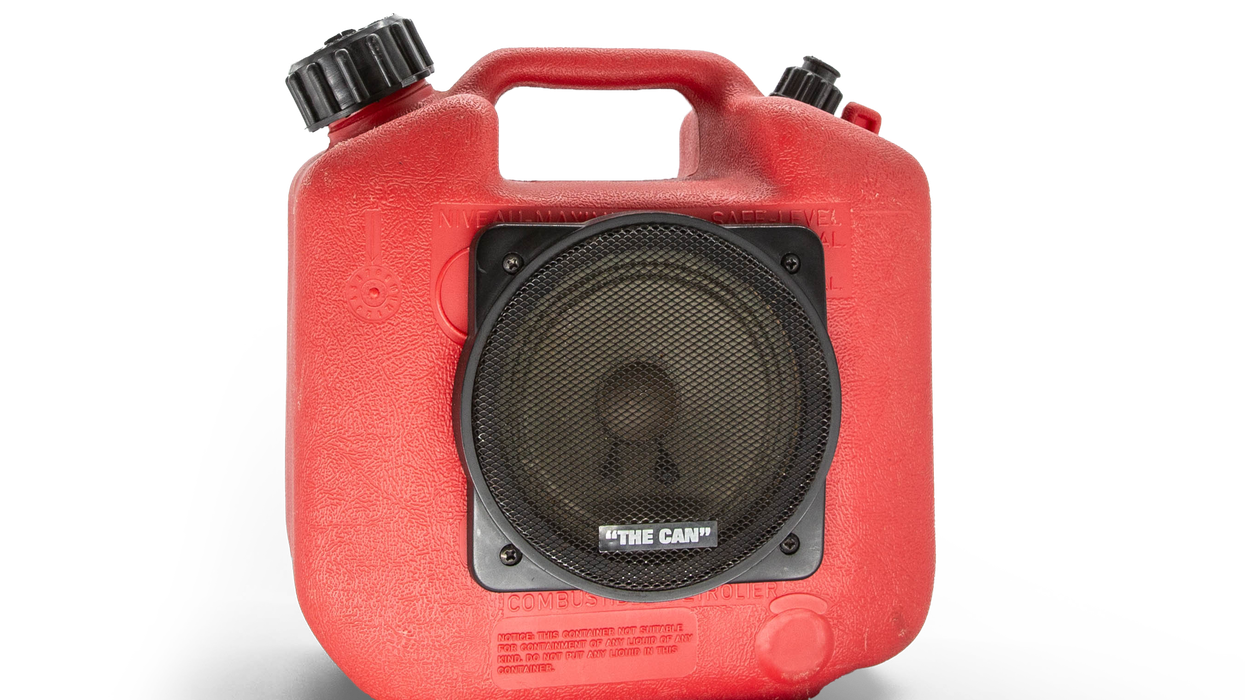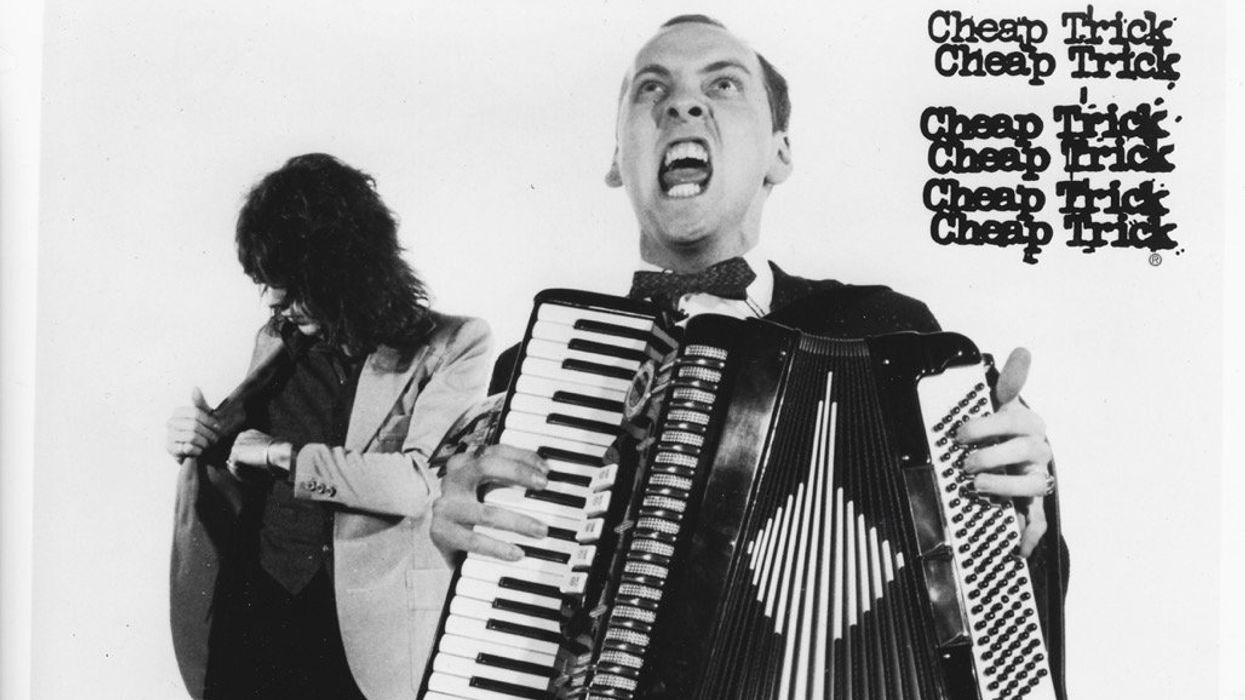Whether you’re on the go or in your bedroom, each of these 10 headphone amp options represent a quick and easy way to plug in for silent guitar practice—without having to look at that phone you’ve likely been staring at all day.
joyoaudio.comHeadphone Amp
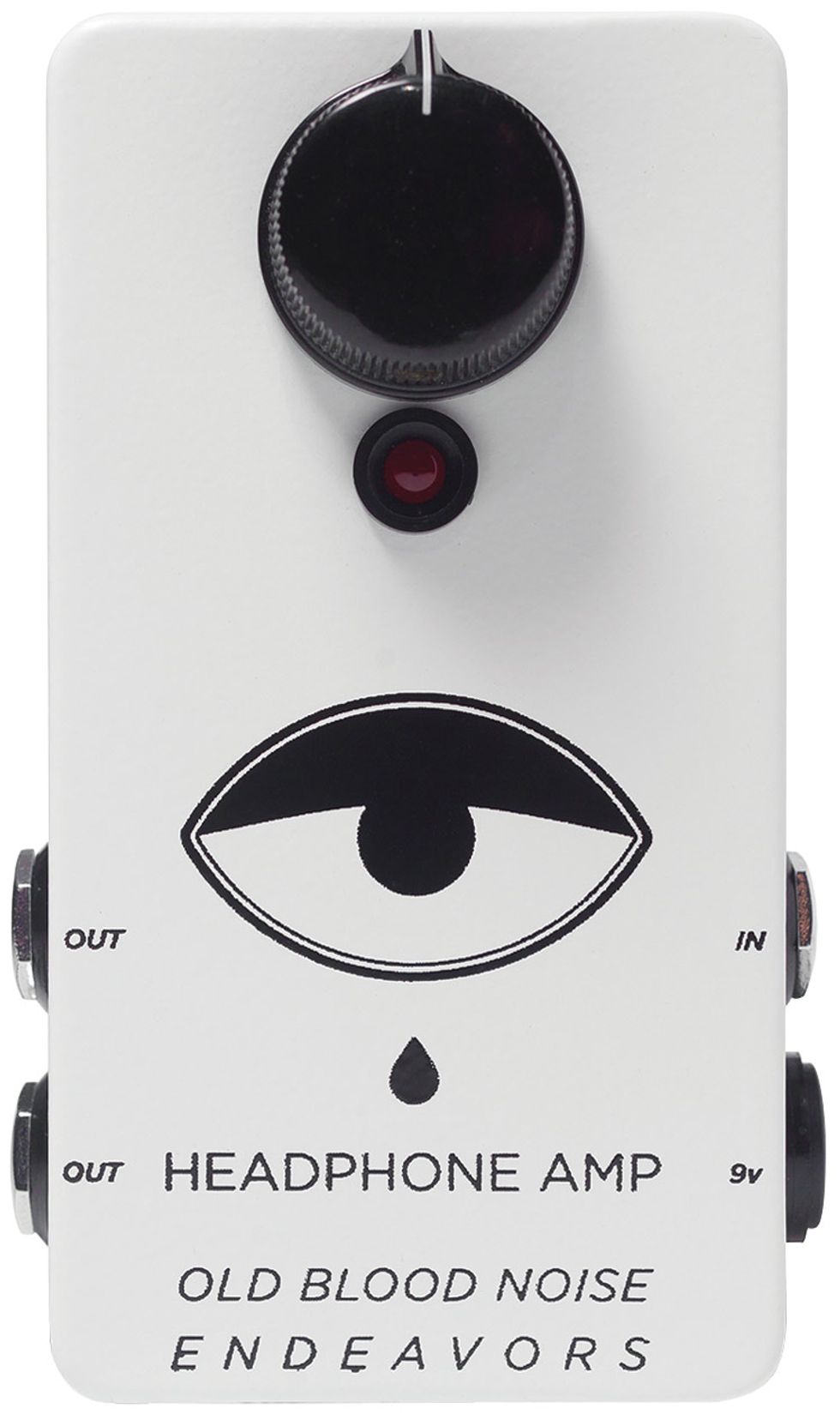
This pedal-sized headphone amp from OBNE will, of course, allow a guitarist to play silently, but also permits a buddy listener thanks to the second 1/4" output jack.
Headphone Amp
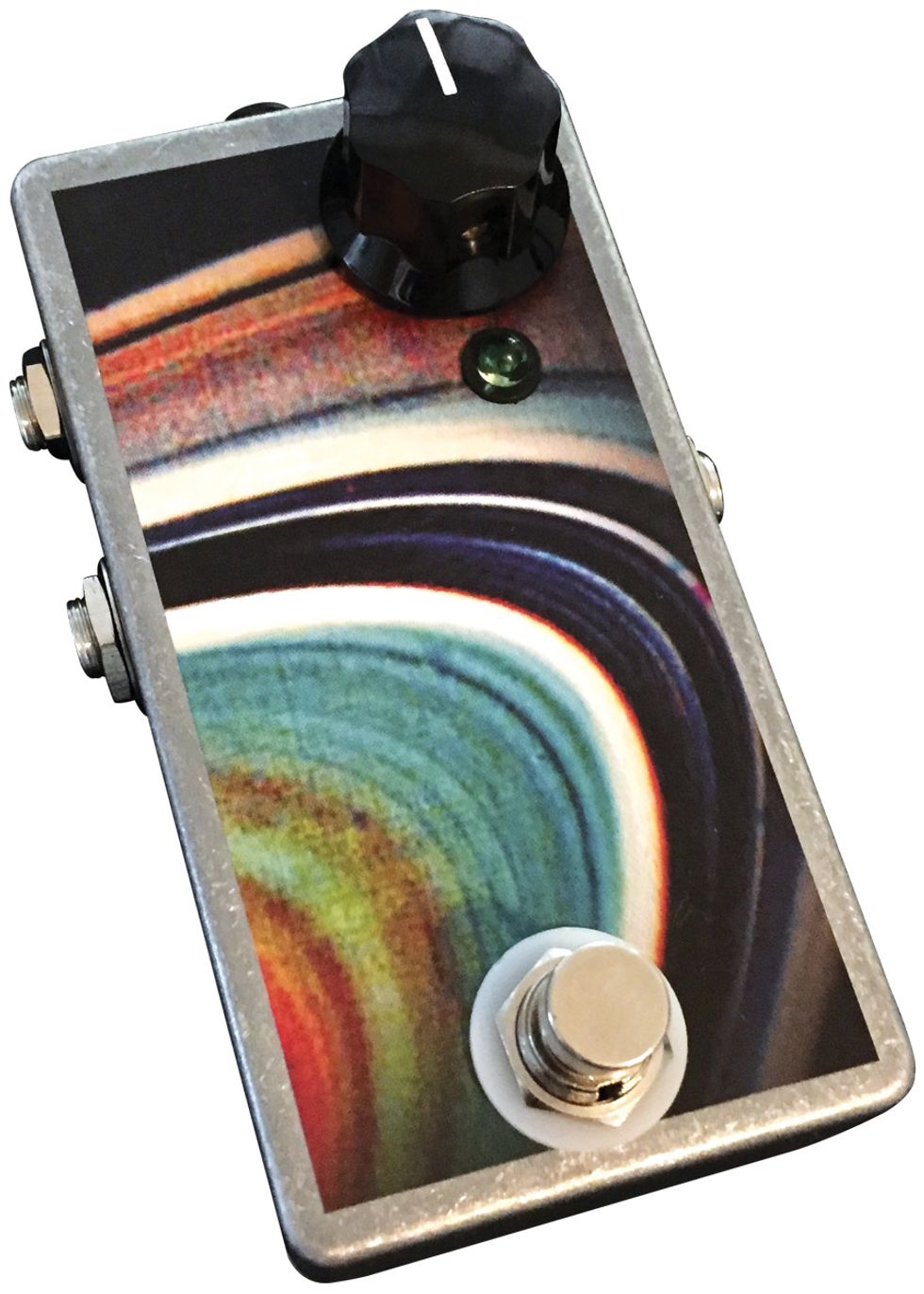
This true-bypass amp is enclosed in cast aluminum and features a pro-grade switch for long life, Neutrik jacks, audio-grade active components, and military spec silver-plated wire.
amPlug 2 Clean
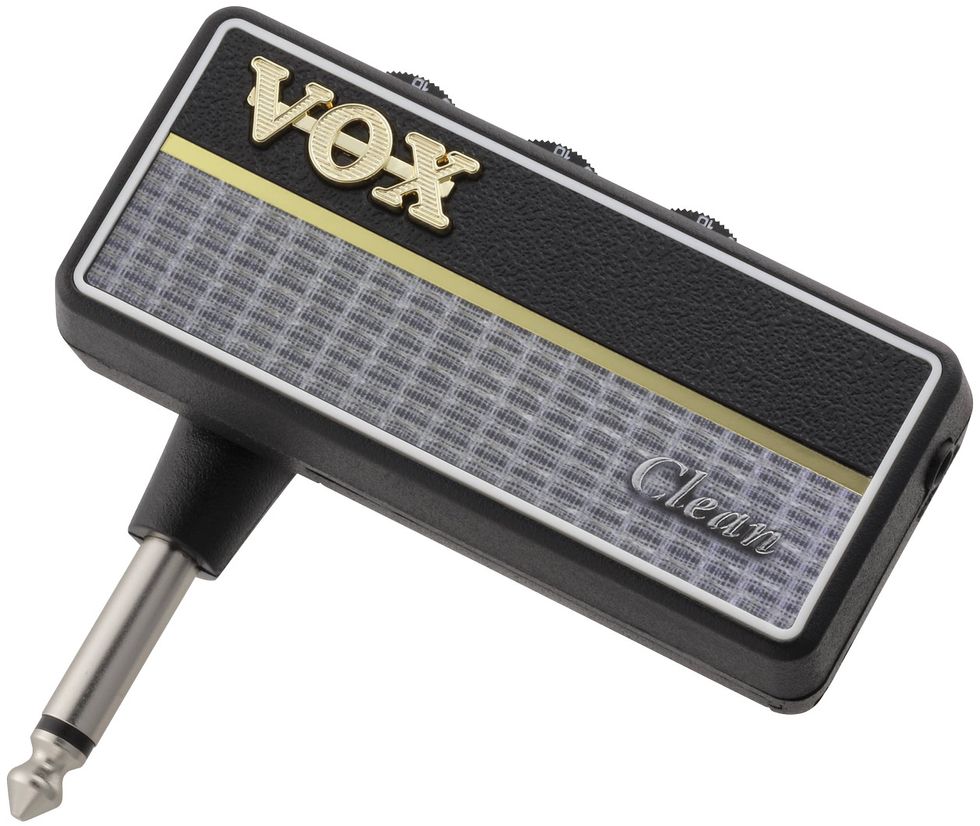
Boasting a folding mechanism that rotates 180 degrees, this little Vox was designed to deliver fat, boutique-inspired clean sounds, and features effects for delay, chorus, and reverb.
I-Plug
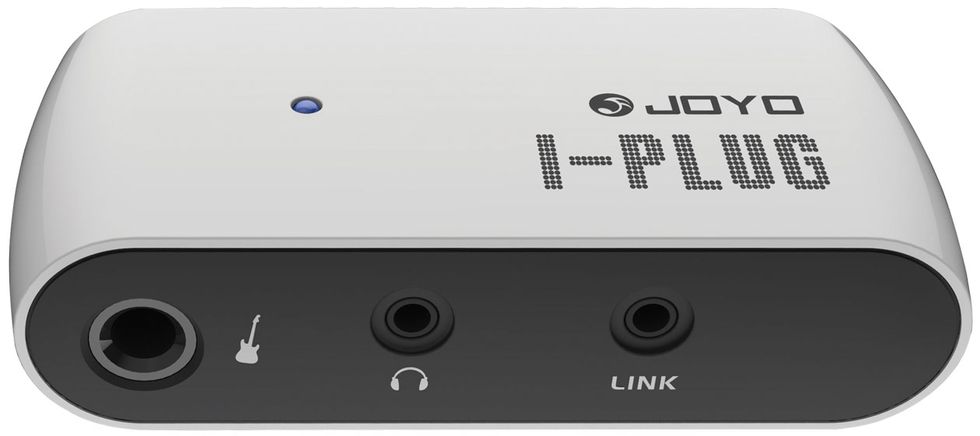
This little amp with built-in overdrive runs on a pair of AAA batteries, has controls for volume, tone, and gain, and houses an auxiliary in for external devices.
Headphone Amp
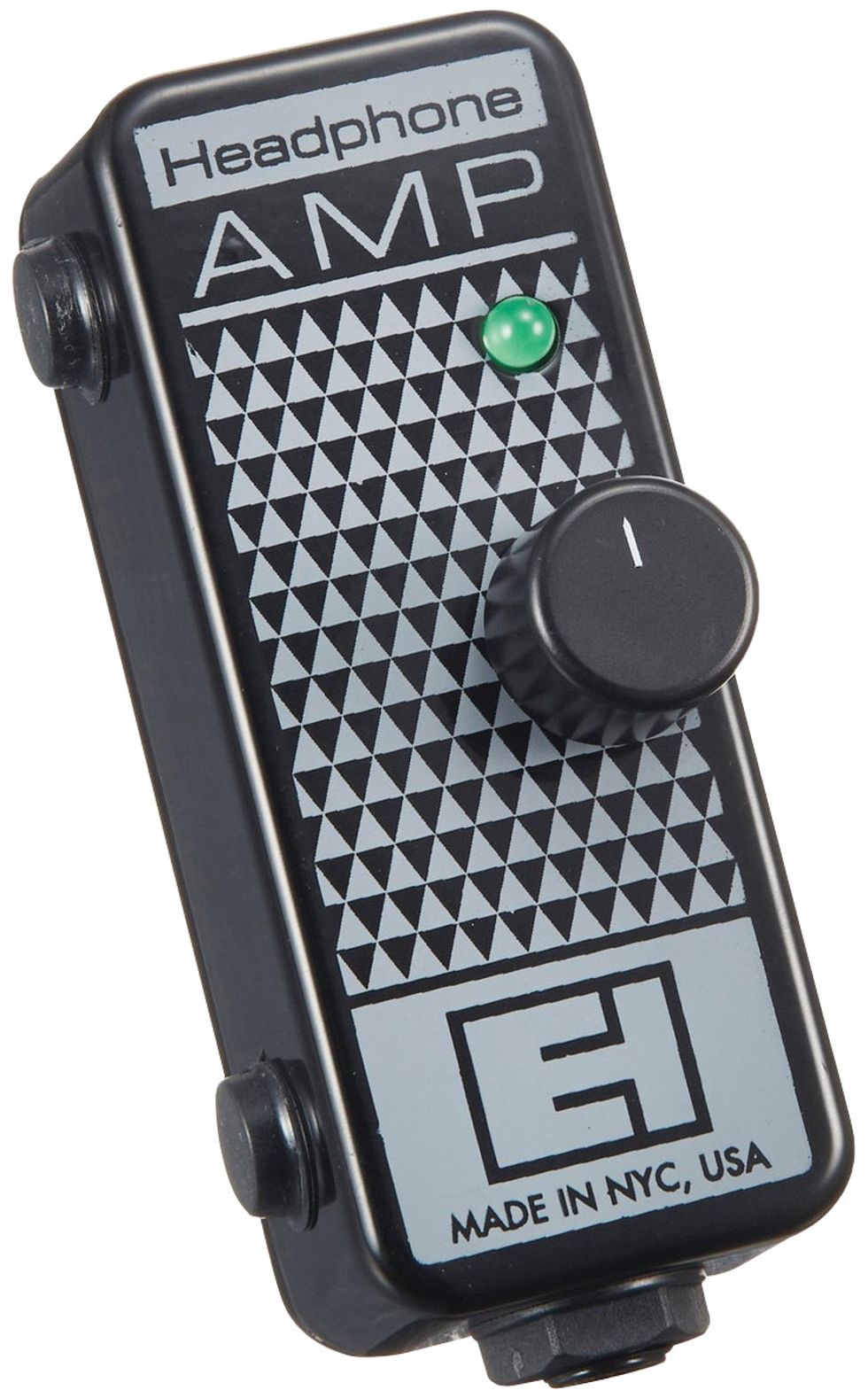
This plug-and-play amp from EHX is ultra-lightweight and portable, and is built to handle high-gain pedalboard input so you can dial up your favorite tones and let it rip—silently.
Rock Bug
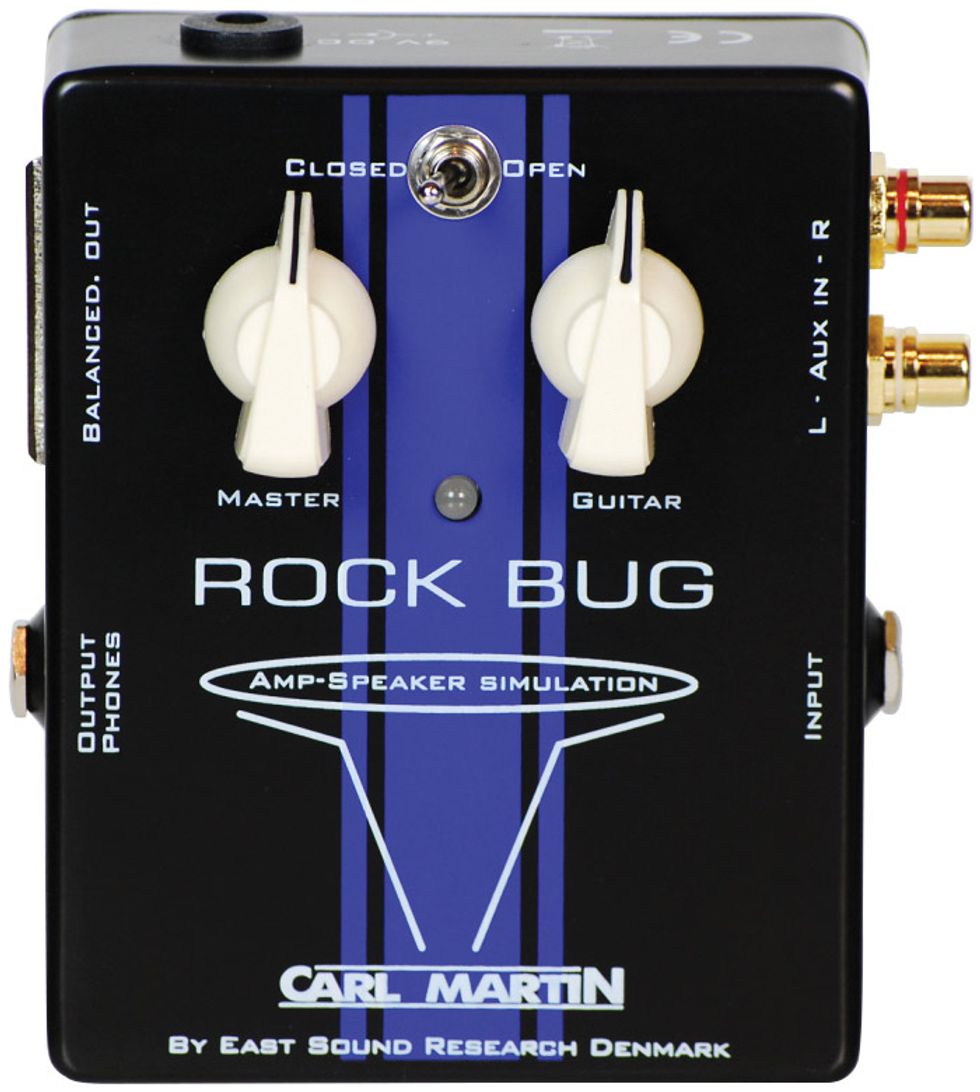
This 9V-battery operated rehearsal unit was designed to deliver the audio sensation of playing through a good tube amp. Features include open- or closed-back cab simulation and an XLR out.
AxeHead
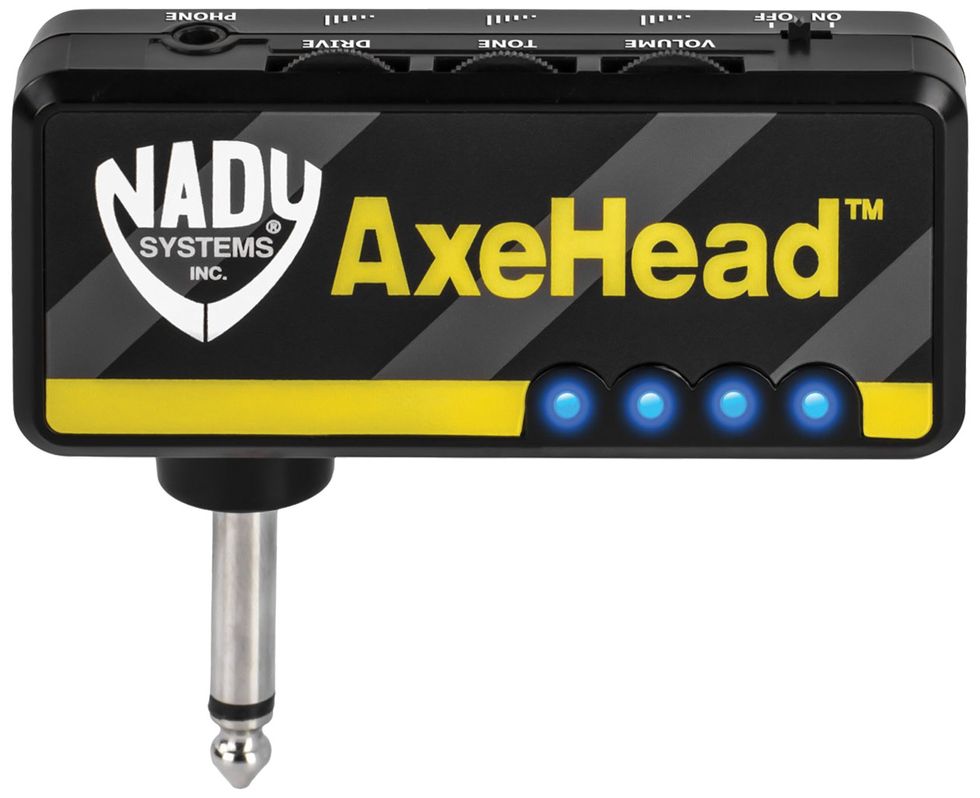
Offering up to 15 hours playing time from each USB charge of its lithium-ion battery, this headphone amp houses controls for volume, tone, and drive to dial in clean to dirty.
Pocket POD
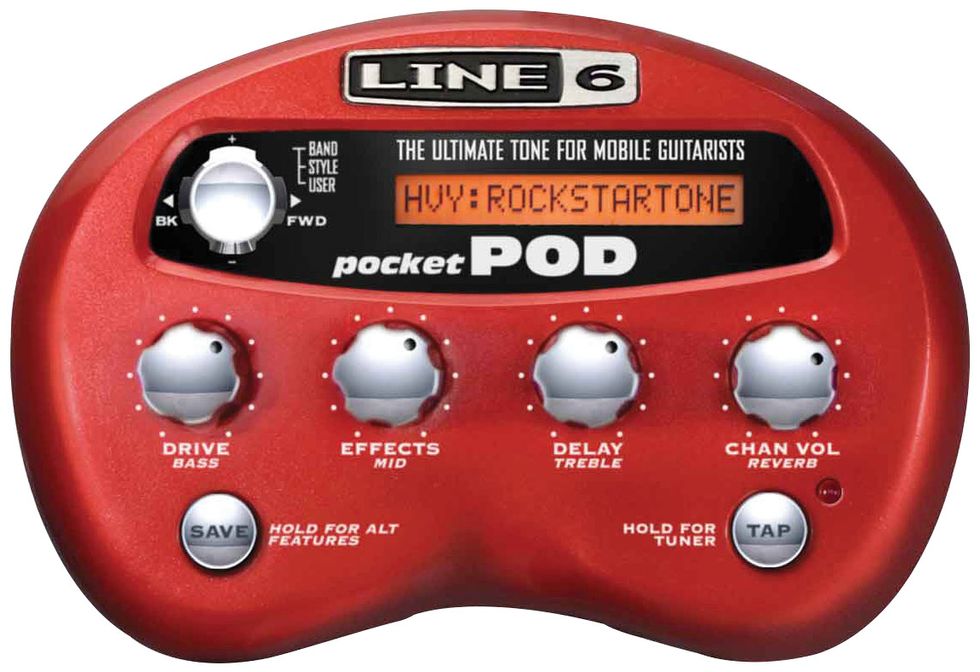
With 32 amp models and 16 cab models onboard, this battery-powered, headphone practice unit (and much more) can serve up tones to feed your inspiration whenever and wherever.
Bighead
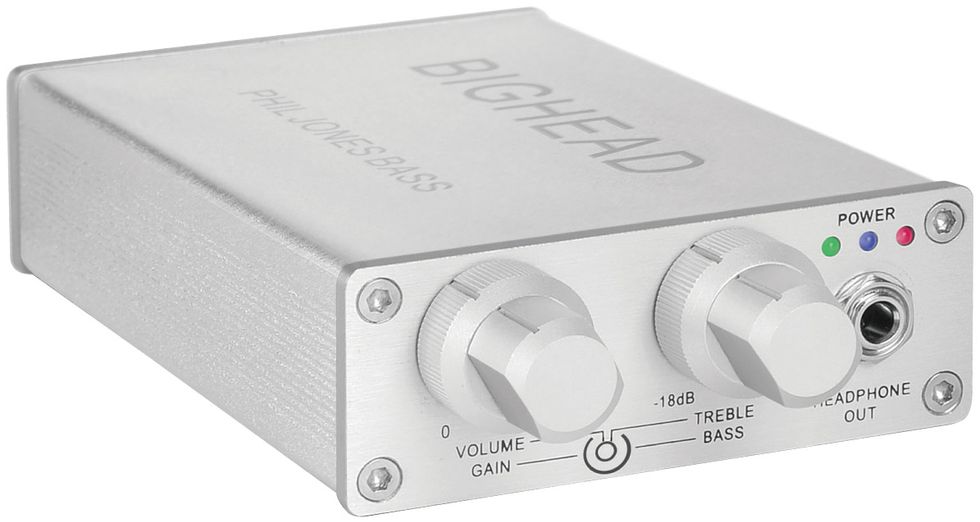
Designed for low enders, this amp features a 2-band EQ, has a runtime of eight hours on its rechargeable lithium-ion battery, and functions as an interface or analog preamp as well.
Guitar Ace
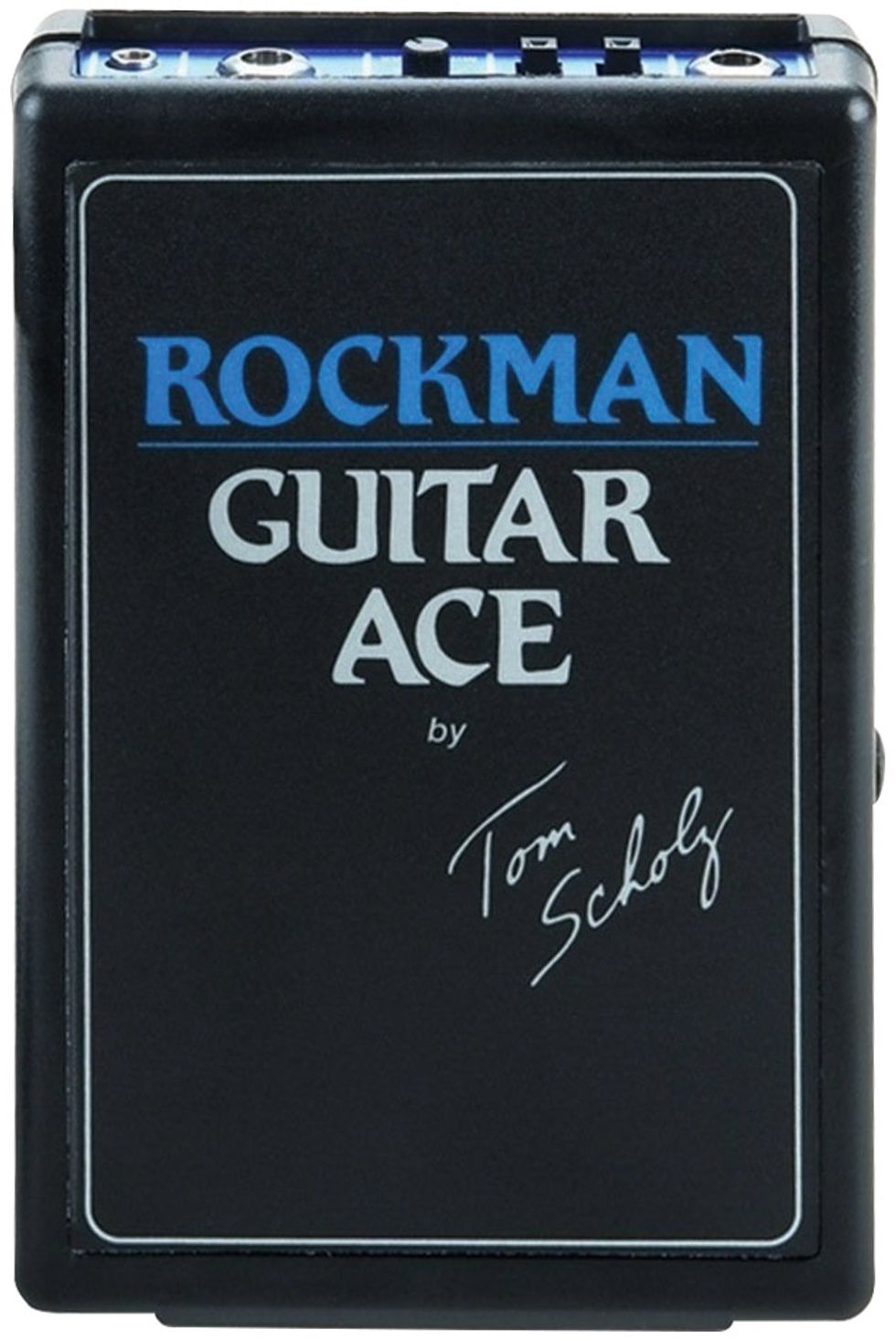
These headphone amps provide built-in compression and an auxiliary stereo input/output, as well as settings for clean and two different flavors of distortion.



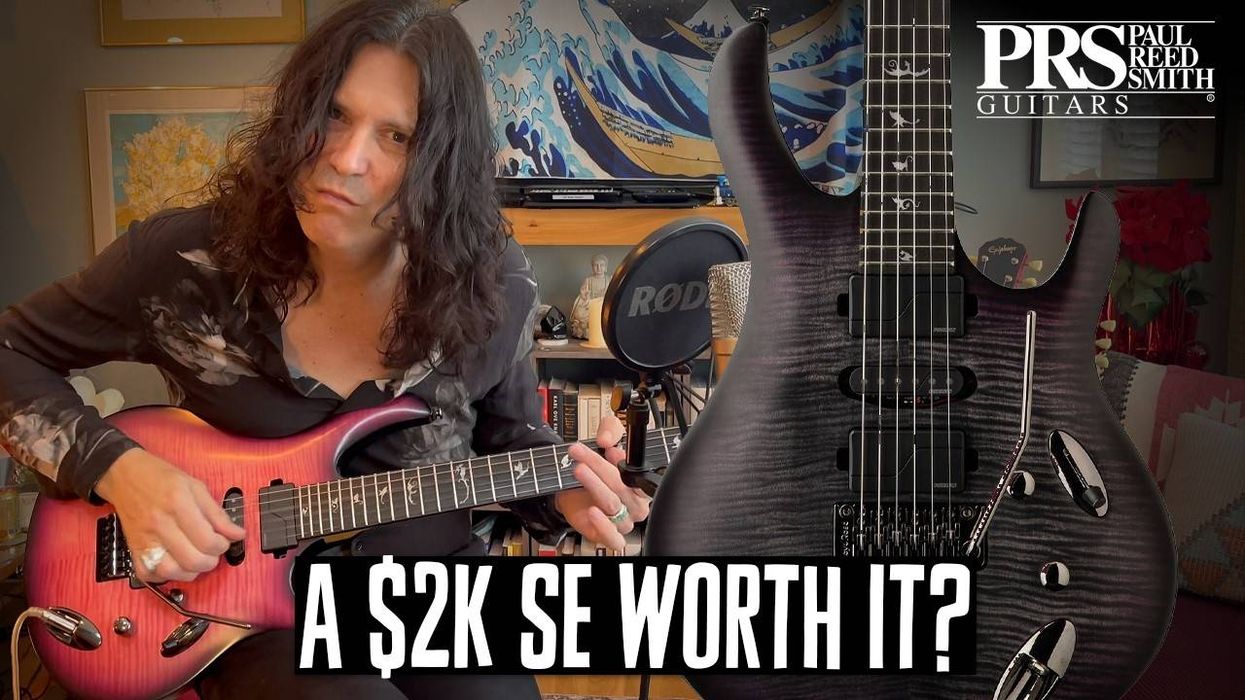

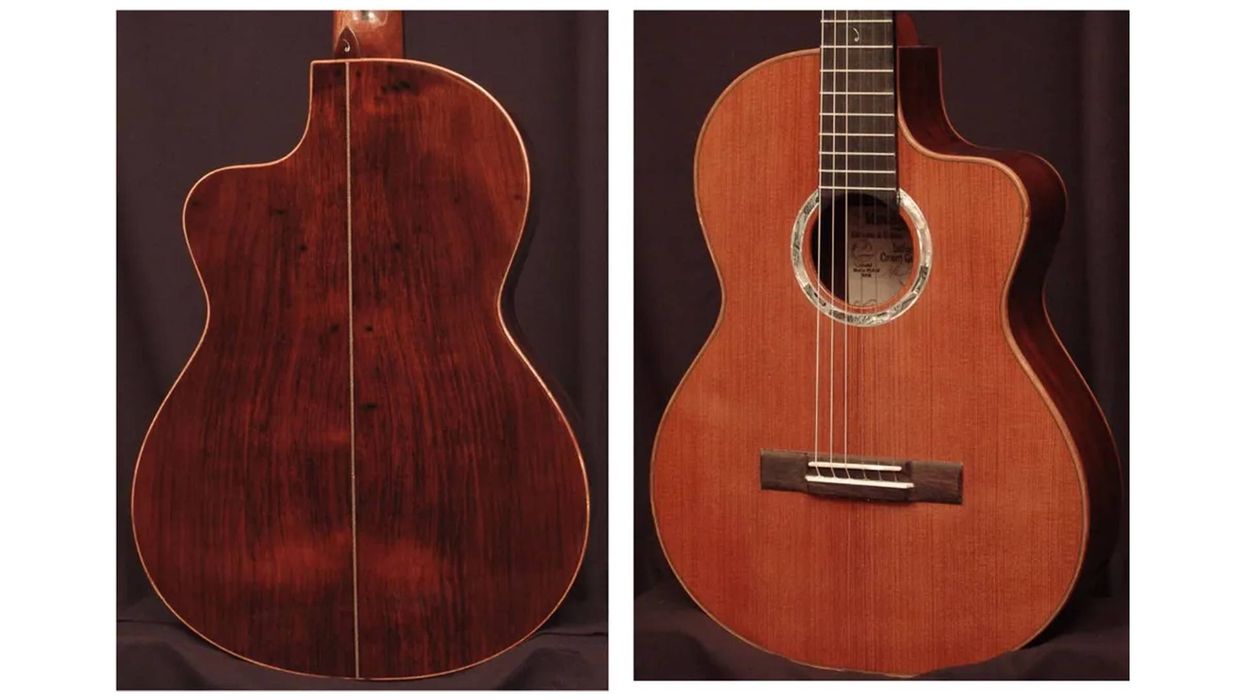


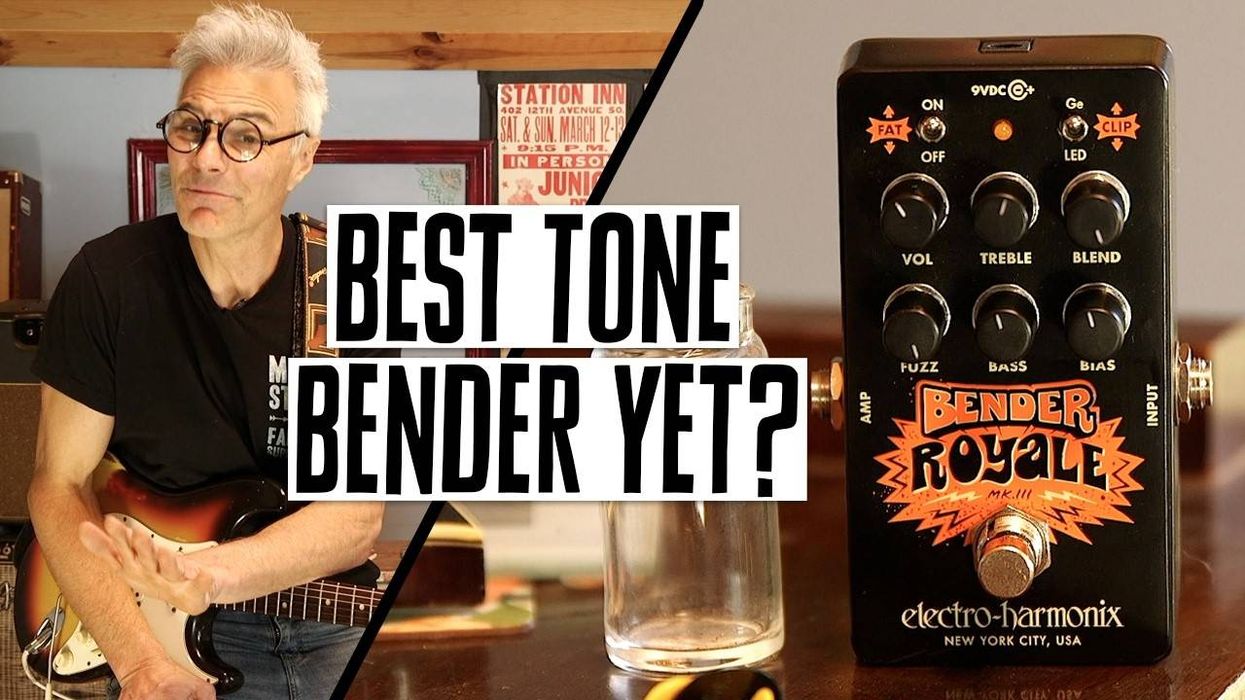

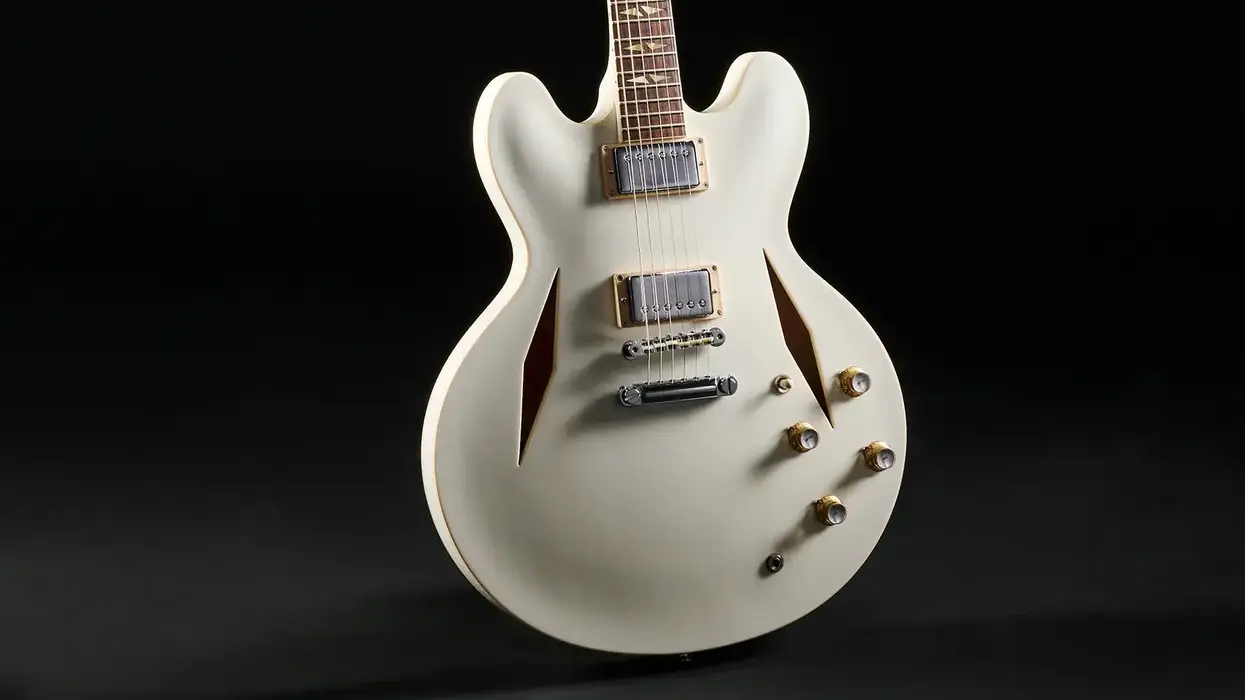
![Rig Rundown: AFI [2025]](https://www.premierguitar.com/media-library/youtube.jpg?id=62064741&width=1245&height=700&quality=70&coordinates=0%2C0%2C0%2C0)
